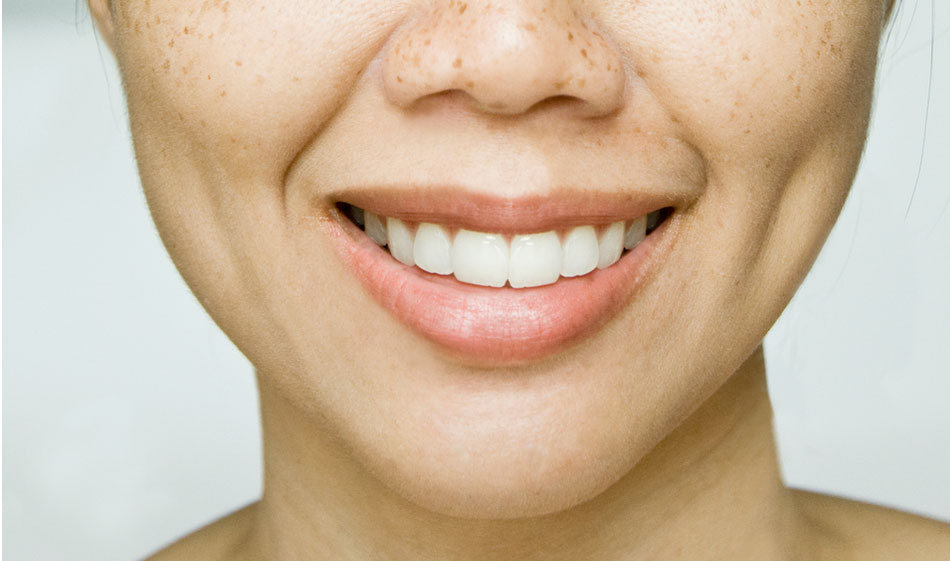Dimple Creation In Dubai, or dimpleplasty, is a cosmetic procedure that has gained popularity for its ability to enhance smiles by creating charming dimples. While the allure of having dimples can be enticing, understanding the recovery process and what to expect post-procedure is crucial for anyone considering this enhancement. This guide will outline the recovery phases, potential side effects, and tips for a smooth healing process.
1. Understanding Dimple Creation
1.1 Overview of the Procedure
Dimple creation can be performed through surgical or non-surgical methods:
- Surgical Dimple Creation: This involves making a small incision inside the cheek to remove a small amount of tissue, allowing the skin to indent and form a dimple when smiling. This procedure is typically performed under local anesthesia.
- Non-Surgical Dimple Creation: This method usually employs dermal fillers or threads to create the appearance of dimples. Non-surgical options typically require less recovery time, but the results are temporary.
1.2 Why Recovery Matters
Recovery is a vital part of any cosmetic procedure. Proper healing ensures optimal results and minimizes the risk of complications. Understanding what to expect can help alleviate anxiety and prepare you for post-procedure care.
2. Immediate Post-Procedure Care
2.1 First Few Hours
- Observation: After the procedure, you may be monitored for a short time to ensure there are no immediate complications.
- Discomfort and Swelling: Mild swelling and discomfort are common. This is typically manageable with over-the-counter pain relief, as recommended by your surgeon.
2.2 Diet and Activity
- Diet: It’s advisable to stick to a soft diet for the first few days post-procedure. Foods like yogurt, mashed potatoes, and smoothies can help minimize discomfort when chewing.
- Activity Restrictions: Avoid strenuous activities, exercise, or heavy lifting for at least 48 hours. Gentle movements are encouraged to promote circulation without straining the area.
3. Short-Term Recovery (Days 1-7)
3.1 Swelling and Bruising
- Swelling: Expect noticeable swelling in the cheek area, which usually peaks around 48 to 72 hours post-procedure. This swelling can last from a few days to a week.
- Bruising: Some bruising may occur, which can vary in intensity. Bruises typically resolve within one to two weeks.
3.2 Pain Management
- Pain Relief: Over-the-counter pain medications like acetaminophen or ibuprofen can be effective. Always follow the advice of your healthcare provider regarding pain management.
3.3 Oral Hygiene
- Gentle Care: Maintaining oral hygiene is crucial. Rinse your mouth with a mild saltwater solution to reduce the risk of infection, but avoid vigorous rinsing that may disturb the healing area.
4. Mid-Term Recovery (Weeks 1-4)
4.1 Monitoring Progress
- Follow-Up Appointments: Attend follow-up appointments with your surgeon to monitor healing and ensure the results are as expected. Your surgeon will evaluate the dimples and check for any signs of complications.
4.2 Resuming Normal Activities
- Gradual Return: After about a week, you can gradually return to normal activities, including light exercise. However, high-impact activities and sports should be avoided for at least two to four weeks.
4.3 Adjustments in Appearance
- Final Results: Initially, the dimples may appear more pronounced due to swelling, but they will soften as healing progresses. The final results can take several weeks to months to fully settle.
5. Long-Term Recovery (Weeks 4 and Beyond)
5.1 Continued Care
- Skin Care: Protect the area from excessive sun exposure and consider using sunscreen on your face to prevent pigmentation changes.
- Hydration and Nutrition: Staying hydrated and maintaining a balanced diet can aid in overall recovery and skin health.
5.2 Psychological Adjustment
- Emotional Changes: It’s natural to experience a range of emotions as you adjust to your new appearance. Give yourself time to adapt and celebrate your decision.
6. Potential Complications
While dimple creation is generally safe, it is essential to be aware of potential complications:
6.1 Infection
- Signs of Infection: Watch for increased redness, swelling, or pus discharge. If you suspect an infection, contact your healthcare provider immediately.
6.2 Asymmetry
- Uneven Results: Dimples may not always appear perfectly symmetrical. If you notice significant asymmetry after healing, discuss options with your surgeon.
6.3 Scarring
- Scarring: While incisions are made inside the cheek to minimize visibility, some scarring may occur. Most scars fade over time.
7. Conclusion
Dimple creation can be a rewarding procedure that enhances your smile and boosts confidence. Understanding the recovery process and what to expect post-procedure is essential for a successful outcome. From immediate care to long-term adjustments, following your surgeon’s instructions and monitoring your healing can help ensure you achieve the charming dimples you desire. If you have any concerns during your recovery, don’t hesitate to reach out to your healthcare provider for guidance and support.






Comments